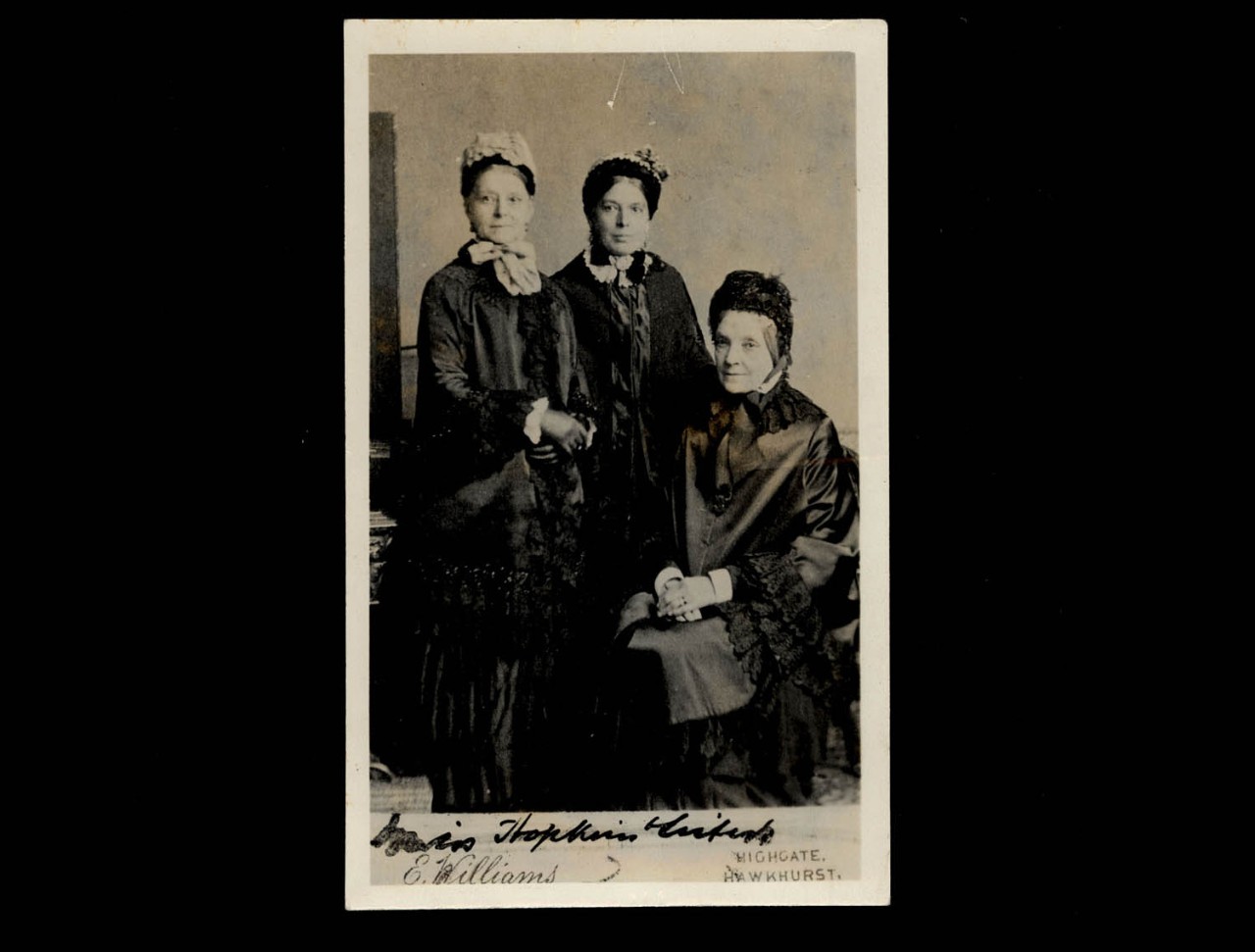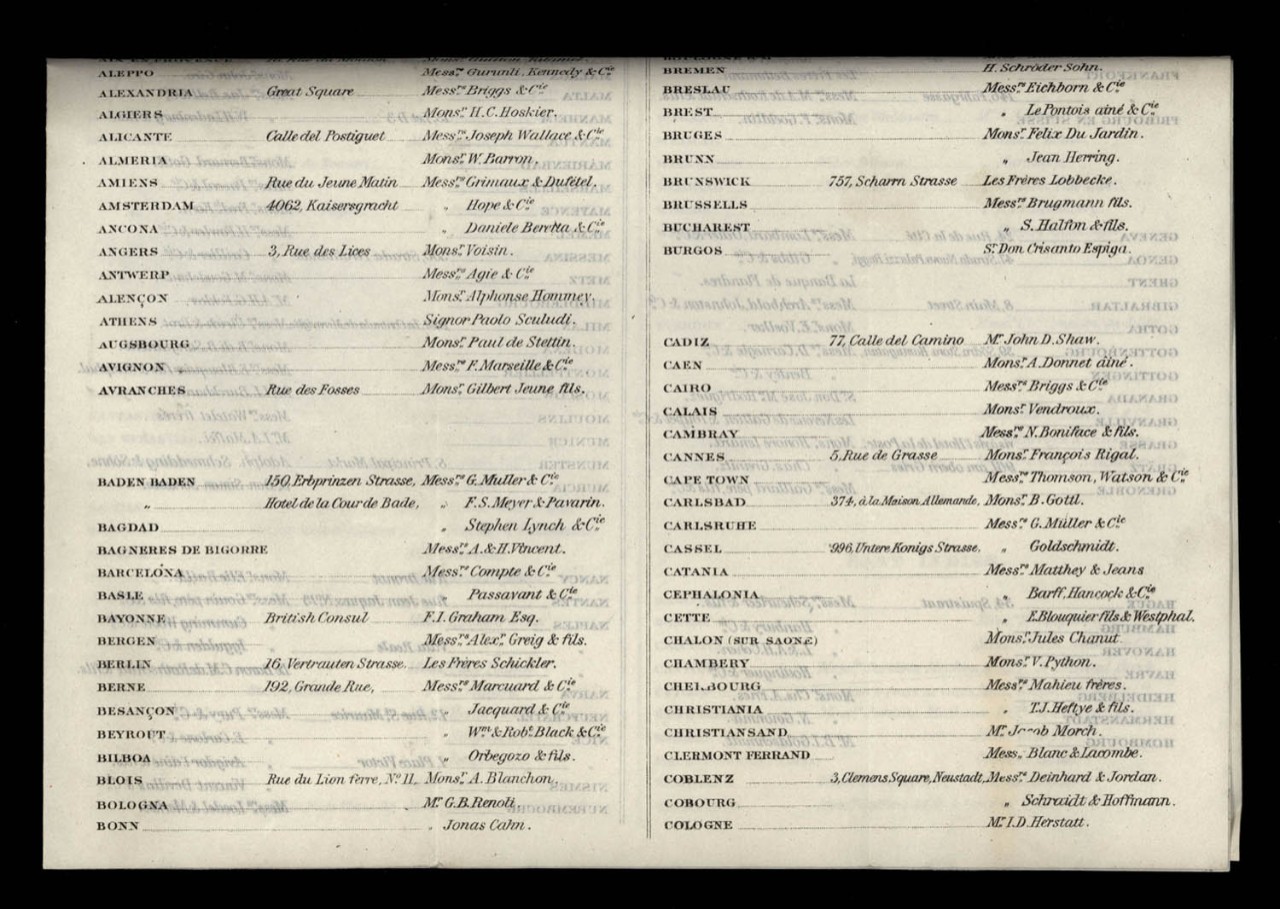Object 93: Photo of Fanny Hopkins, c.1870
Photo of Fanny Hopkins, c.1870 | RBS Heritage Hub

Fanny Hopkins, London & County Bank's first female branch agent, c.1870.
They look like an ordinary group of sober, respectable Victorian ladies, dressed in Sunday best for the photographer; hair, bonnets and facial expressions all neatly arranged. In fact, Fanny Hopkins - standing in the middle - was no ordinary Victorian lady. She had another identity; one which made her a trailblazer and a pioneer. She was a bank agent.
Miss Hopkins was the first woman to hold that post in any constituent of The Royal Bank of Scotland. In fact, her appointment came well over a century before it became normal for women to be bank managers. It was certainly a most unorthodox arrangement when it began in the 1860s, and it emerged from the bank's desire to preserve a small town's banking services, if necessary by doing something as unconventional as hiring a woman.
Fanny's father George Hopkins had been agent for Hastings Old Bank in the village of Hawkhurst, Kent. He had died in 1857, and just a few months later the bank for which he'd worked had collapsed. London & County Bank, aware of the situation, quickly stepped in to open a branch of its own in the village. It took on the existing branch premises, which were situated in part of the Hopkins family home, and assigned one of its senior clerks to run the office.
| something as unconventional as hiring a woman
The following year, however, that clerk left the bank, prompting a review of the business in Hawkhurst. The bank concluded that there was not enough custom to make a full-time branch viable, and announced plans to reduce the opening hours. Local people objected, begging for an alternative solution. The bank found one, but it was unusual. The branch would continue opening daily, officially controlled by the agent at nearby Cranbrook, but operated by Fanny Hopkins.
The arrangement continued until Fanny Hopkins retired in 1905, at the age of 72. She died 9 years later, decades before any other woman was to follow in her footsteps as a bank manager. When the next few female bank managers took up their posts in the 1960s, they did so not as unconventional solutions to local problems, but as qualified, committed professionals who had worked through the ranks and earned their promotions.










